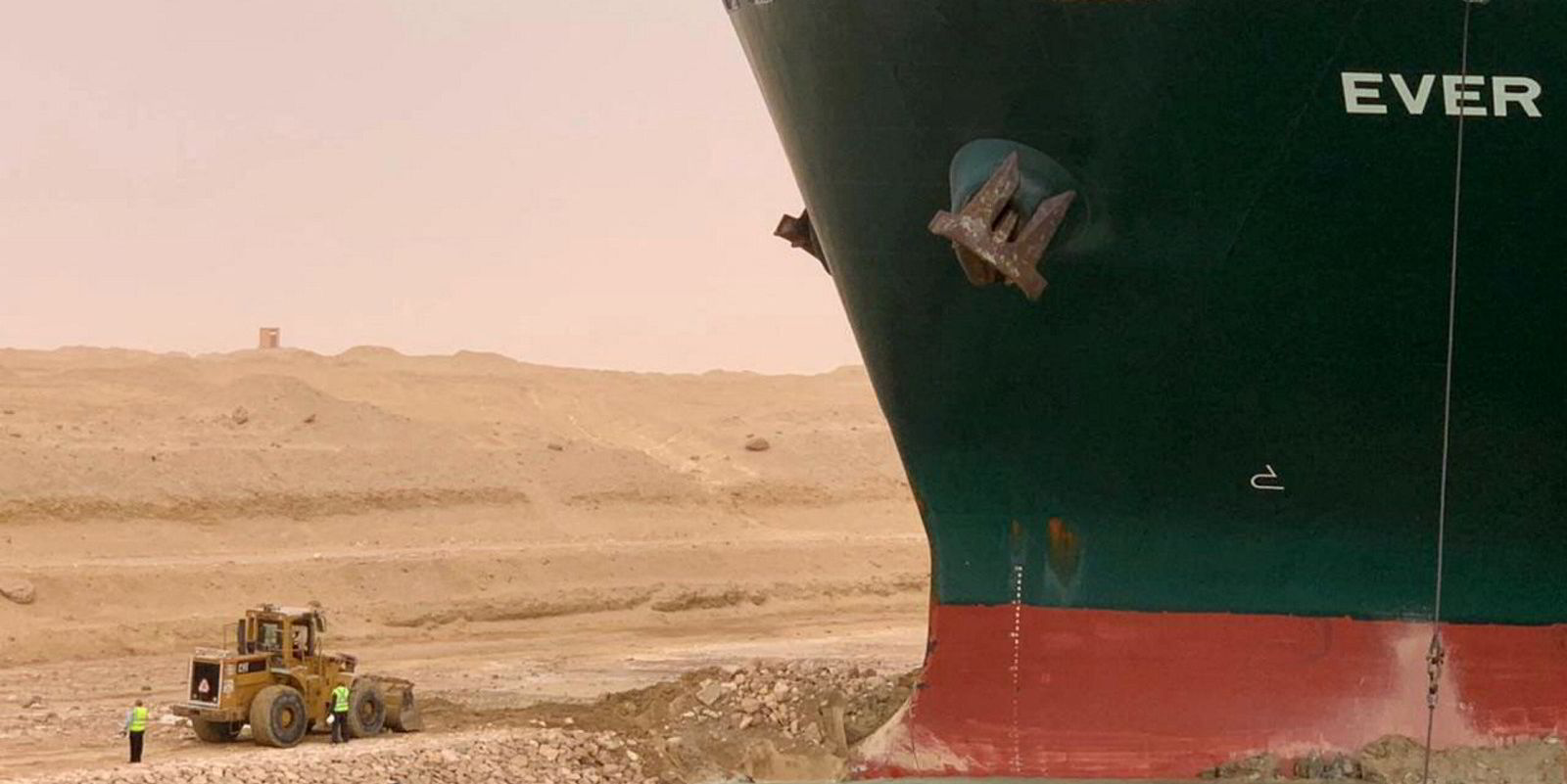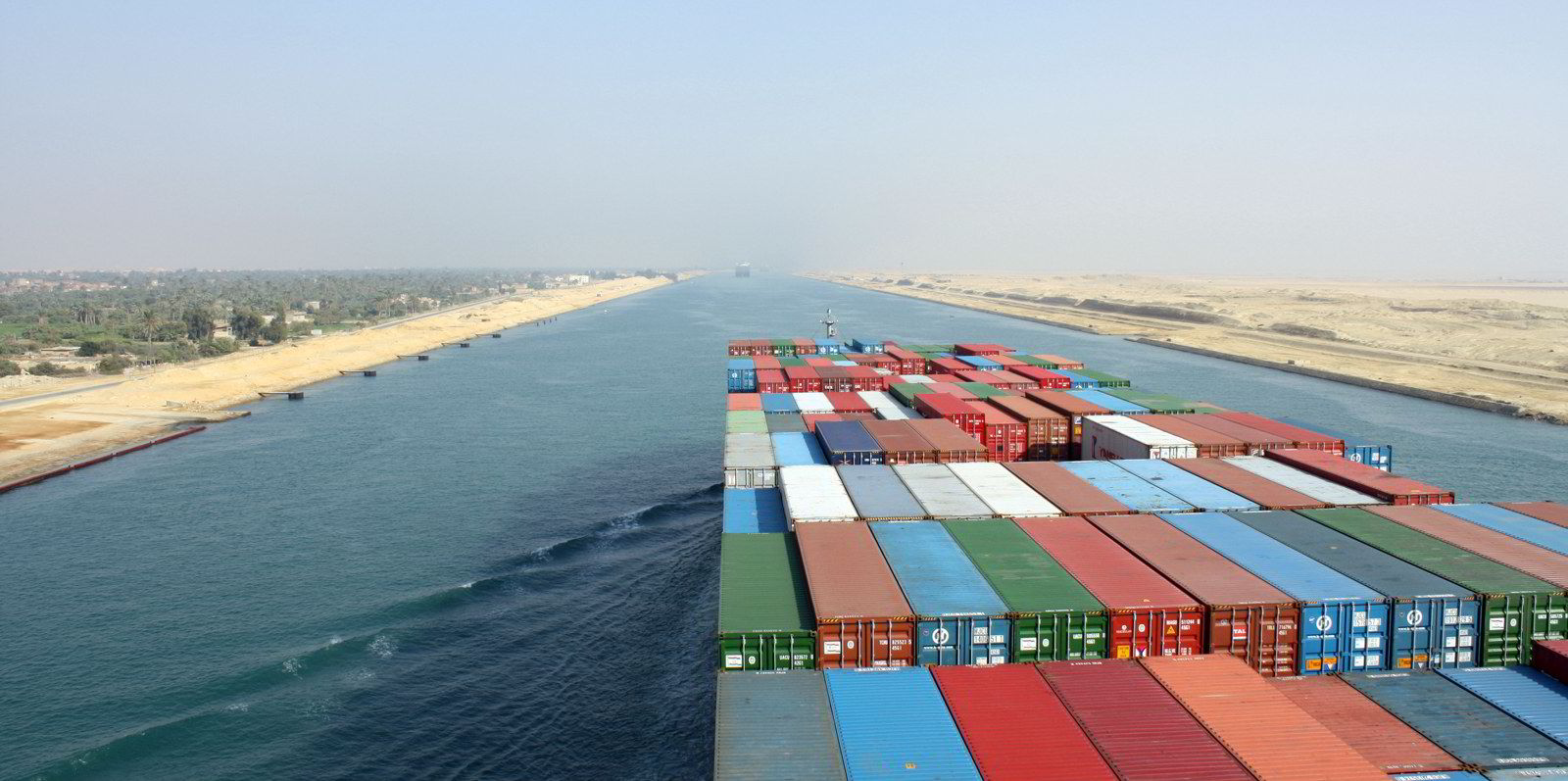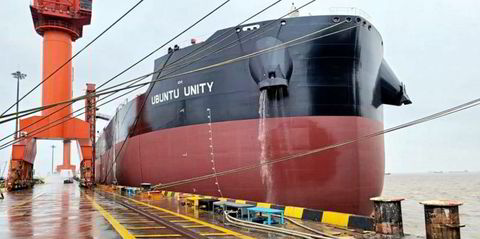The tanker spectrum has enjoyed broad gains in earnings in recent days with reduced fuel bills and rising charter activity across the globe.
Clarksons Platou Securities estimated average spot earnings of all sizes of crude and product tankers had increased since 17 March, a rare development following months of market weakness.
The rally came as crude futures fell by over 10% amid renewed lockdown measures in Europe before a rebound on news of the Suez Canal blockage.
With bunker costs generally moving in line with crude prices, tanker experts said the development helped shipowners achieve better time charter equivalent earnings at a time when vessel demand recovers.
“TCE earnings are up simply because of a lower fuel bill. This is of course all good for tanker freight dynamics in the short term,” Clarksons Platou said.
But the investment bank said Opec+ would likely delay any production hike from May due to oil demand weakness, resulting in a subsequent less-than-anticipated seaborne trade.
“This means that the expected, and very much needed, trade volume increase could be pushed out by another month,” Clarksons Platou said.
Tight LR2 supply
LR2s have been the top performers in the product tanker segments, with spot earnings for a 2010-built ship increasing by 56.8% since 17 March to $17,300 per day on 24 March.
In Worldscale terms, the Baltic Exchange said spot rates for LR2s on the benchmark Middle East Gulf-Japan route have risen nearly 25 points since Monday.
The 106,000-dwt Champion Pleasure (built 2008) was fully fixed at WS 100 for the trade with a loading date of 3 April, according to Kpler. Some higher rates were reported for preliminary deals.
“LR2s are getting support from stronger backhaul demand,” Gibson Shipbrokers research head Richard Matthews told TradeWinds.
Gibson estimated 18 LR2s were chartered to lift backhaul cargoes in Asia this month, versus 20 fixtures for January and February combined.
“Those vessels fixed to do backhaul cargoes won’t head back to the Middle East Gulf for some time, which is partly why LR2s are firm,” Matthews added.
Meanwhile, spot LR1 earnings have risen by 29.4% since 17 March to $24,800 per day and MRs by 20.2% to $10,500 per day, according to Clarksons Platou’s assessments.
Brokers said cargo movements on many main trading lanes had been mostly buoyant or stable, with refineries generally running at low utilisation rates due to periodic and unplanned maintenance.
VLCC recovery
As for the crude space, aframax earnings have risen to $17,300 per day from $15,700 on 17 March and suezmaxes to $15,500 per day from $9,900.
Brokers attributed the strength to healthy intra-European oil trades and to the Mediterranean and Black Sea markets continuing to outperform others.
Even the VLCC segment — the laggard in recent weeks — saw earnings jump to $9,600 per day from $2,200.
Market sources observed improved activity in West Africa and the US Gulf as a two-tier market has emerged in the Middle East.
“Older or ‘challenged’ tonnage struggle to ride the same wave as their modern equivalents,” brokerage Fearnleys said. “Charterers with slightly more relaxed vetting [are] able to take ships at lower levels…The market was six [WS] points higher for modern.”
Focus on Suez Canal
Meanwhile, traffic at the Suez Canal has been closed since the 20,388-teu boxship Ever Given (built 2018) ran aground in the southern section on Tuesday.

This has led to serious congestion in the key waterway, with VesselsValue data showing 29 tankers of various sizes anchored at Port Said, Suez and the Great Bitter Lake as of Wednesday.
Ralph Leszczynski, Banchero Costa’s research head, said the tanker markets would likely receive a short-term boost.
Even though the amount of oil transiting via the canal only accounts for a small percentage of global seaborne trade, more tonne miles would be generated as charterers begin to reroute cargoes, he added.
“Given how liquid crude oil markets are, I doubt that oil majors and traders would just wait for days for delayed cargoes to go through,” Leszczynski said.
“The smarter thing is to go and swap some cargoes.”
Others suggested any impact could be marginal, as the vessel was said to have been partially refloated and ship traffic could resume within days, if not sooner.
“I expect some delays, but only by a day or so,” said a broker.
Read more
- Smit Salvage assists with Ever Given refloating effort in Suez Canal
- Crude and product tanker markets display rare strength amid Suez Canal uncertainty
- Allianz says the Suez Canal has an ‘excellent safety record’
- Suez Canal congestion could lead to higher freight rates but more security risks
- Suez Canal closed after Evergreen mega boxship runs aground








